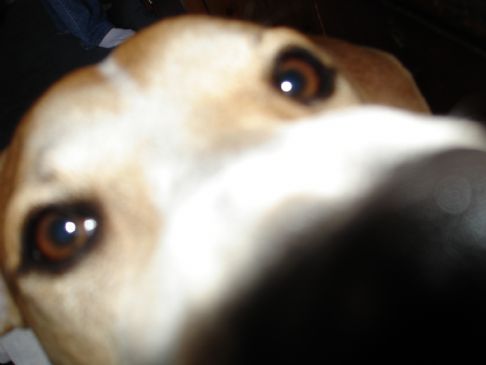A couple questions for you, Rita:
A) What IS the infield fly rule. I played softball for 8 summers, and I don't know if we had that one. We did, however, have the Drop 3rd Strike Rule, which was can be very influential in the outcome of a game (see: Last season playoffs with the White Sox)
2) I am a hockey fan, without a doubt, yet am still confused by some of the rules. Can you explain what "icing" is? Not the cake kind, of course.
Signed,
I Want To Know About Sports So I Can Be Pretty AND Smart
Dear Pretty & Smart,
I’m so glad my first question is a double-header. These are good things to know.
The infield fly rule is probably the least-understood rule in baseball, and is an ongoing source of confusion for players, coaches, and fans alike – especially in little league - and it is a good rule to know.
Basically, the purpose of the infield fly rule is to prevent a defensive team from purposely dropping or not catching an infield fly with the intention of trying to turn a double play.
Let’s say there are runners on first and second, with less than two outs (if there were two outs, the defensive team would just catch the fly ball and it would be the end of the inning). The batter pops up and hits a flyball to third base. The third base guy purposely drops the ball, picks it up, touches third base (which makes the runner on 2nd out) and then throws to second base for a double play. It’s an easy double play because both runners are tagging up, expecting the ball to be caught.
The main thing to remember is that the infield fly rule is a judgment call by the umpire. If the umpire determines that a player can make the catch with ordinary effort, then he/she can apply the rule. After the ball is hit in the air, the umpire will yell, "Infield fly, batter is out." Sometimes, the umpire yells this and then the batter isn’t out – why? – because the ball went foul. It’s a tricky play to call, but something that is frequently contested. As long as you know the basics, you can join in the fun and argue with the best of fans – no one understands this rule better than you now do. For more detailed explanation and several examples, check out this site.
Ok. Icing. The official definition: When both teams have an even number of players on the ice, and one player shoots the puck from behind the center line and it cross the opponent's goal line but does not go into the goal.
The key to this rule is that the puck crosses both the center line and the goal line without being touched and is then received by an opposing player. It is considered a delaying tactic and results in a stop in play and a faceoff in the offending team’s defensive zone.
The rule was modified prior to the start of the 2005–2006 NHL season to further discourage the offending team from "icing the puck". Players from a team which has iced the puck are not allowed to be substituted off the ice before the next faceoff. Teams often would ice the puck to gain a stoppage in play when the team is in need of a line change (substituting its players) due to fatigue. In an attempt to speed up game play, the NHL adopted this rule, hoping the added consequence would reduce the number of icing infractions.
I hope that helps clear things up a little bit.
Love,
Rita
Subscribe to:
Post Comments (Atom)

1 comment:
'K....I get the icing, but am now more confused than ever on infield flies. Sooo...I'm just going to pretend I've never heard of them and they don't exist. Ahhh...my head feels better already! Thanks, Rita!
Post a Comment